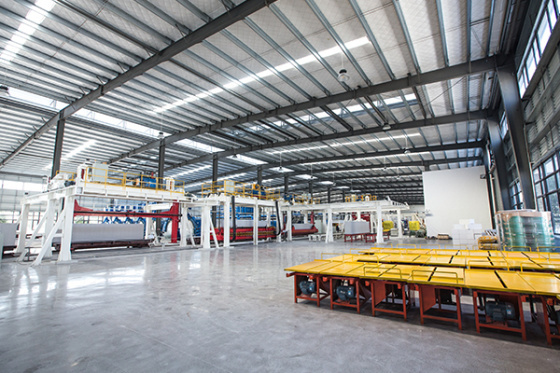How to prevent mold at home due to the humid climate
In environments with high climate and humidity, mold often occurs in the home, especially in daily necessities such as various types of clothing. Toilets and kitchens are relatively more humid places, and walls, especially corner positions, are places where mold frequently occurs. Everywhere in the family can become a concentrated stronghold of mold, which can cause additional annoyance once it becomes moldy. Improper handling can cause economic losses and even threaten the health of family members. Therefore, the mildew prevention work at home should never be careless.
What measures can be taken to effectively prevent mold?
Some people believe that painting, glazing, and tiling furniture surfaces can prevent mold from forming on floors and walls, but this is not the case because mold grows in specific temperature and humidity environments. Mold is a type of fungus that lives by parasitic or saprophytic means and has a strong reproductive ability, even if it is only a small gap, as long as conditions are suitable, it can grow.
Some people believe that ceramic tile walls and glass doors do not get moldy, at least not easily. We should have encountered mold on porcelain bowls, plates, or glasses, mold on ceramic tile floors or walls, and mold on camera lenses. "These porcelain, glass, and other materials are generally considered not to become moldy, but in wet conditions, mold and plaque can still occur, not to mention items susceptible to moisture such as food, fabrics, wooden furniture, and supplies.".
Many people only focus on temperature, but rarely on humidity. However, humidity, like temperature, has a direct impact on the environment and the human body. The optimal relative humidity for human comfort is between 50-65% RH, which varies depending on seasonal changes and temperature changes. However, the optimal indoor environment should be maintained at 40% - 65% RH, while for disease prevention and treatment, it should be 40% - 55% RH. If there are no special humidity requirements for the storage, mold, and moisture of household items, it should be maintained at 40-55% RH. In the south, the household environment is generally above 70% RH, and in the evening or in rainy days, the humidity is even above 90% RH. However, except in cases of extreme high humidity, there is no obvious response of the human body sensation to humidity until it causes health problems. Therefore, moistureproof and humidity control work at home should attract attention.
Generally, desiccants and moisture proof bags can be used to prevent moisture, such as dehumidification bags, quicklime, activated carbon, etc. In relatively humid home environments, it is best to use dehumidifiers to remove moisture and moisture. The dehumidifier adopts the principle of refrigeration dehumidification, using refrigerant as the refrigerant and a direct evaporative cooler as the cooling equipment to cool the air below the dew point temperature, release water vapor that is greater than the saturated moisture content, reduce the absolute moisture content of the air, and then use some or all of the condensation heat to heat and cool the air, thereby reducing the relative humidity of the air and achieving the purpose of dehumidification. Using a dehumidifier to prevent moisture and control humidity can accurately control the humidity range, effectively preventing indoor mold growth. When the humidity is controlled, there is basically no risk of mold.




